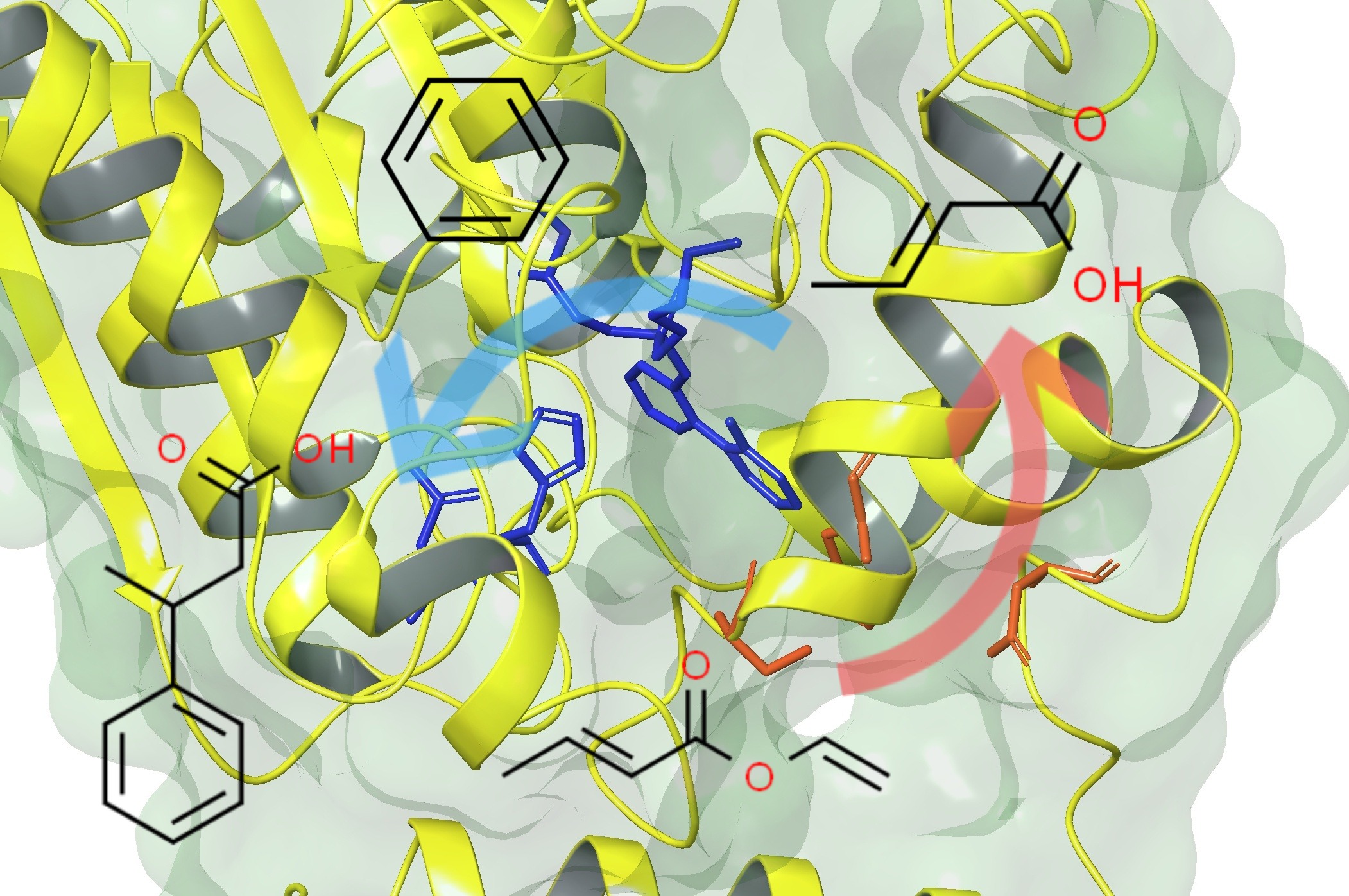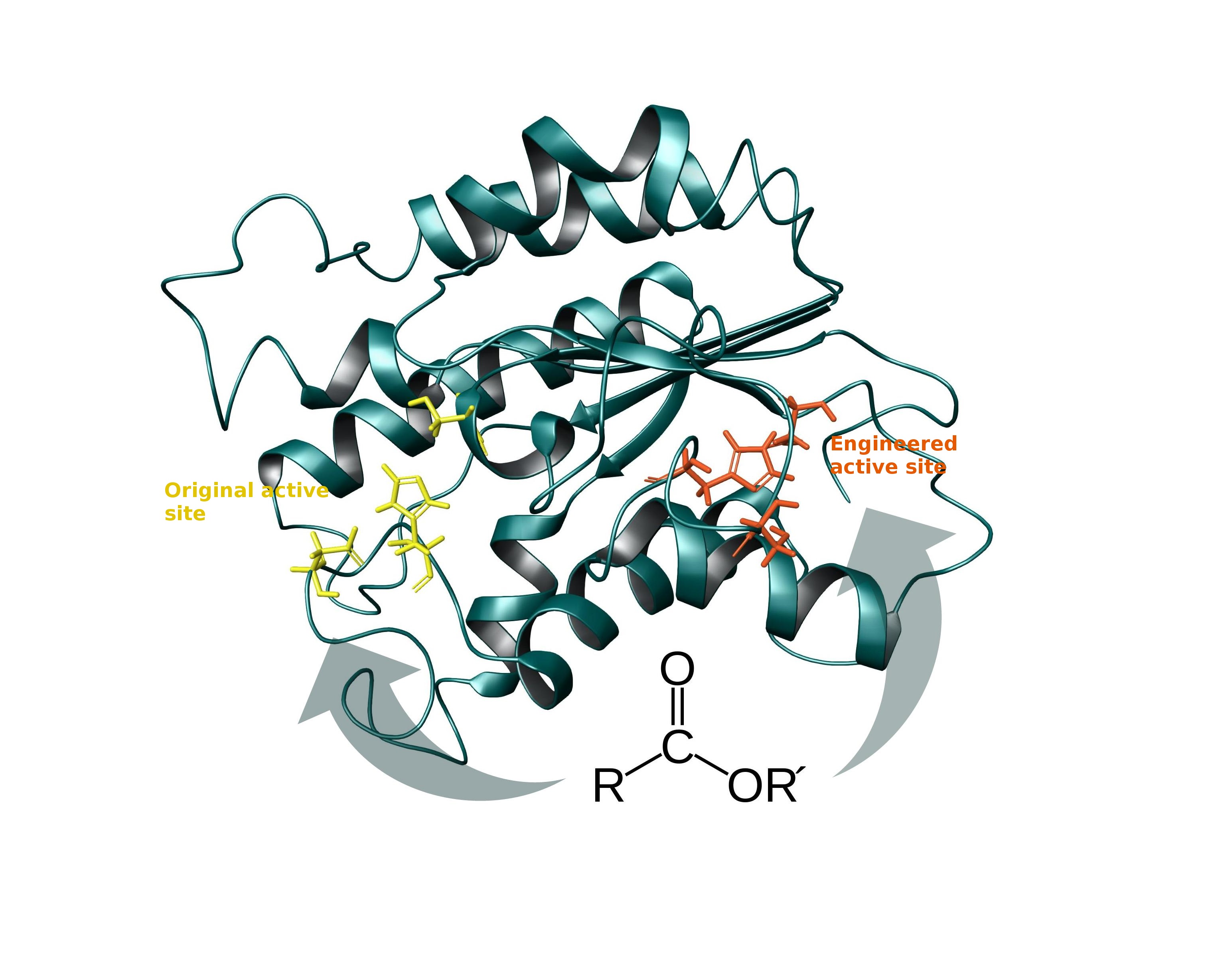This finding allows the multiplication of these organic molecules, which are gaining increasing attention in the industry as a green solution by which industrial processes can be carried out.
The use of enzymes in industrial applications is one of the main challenges in biotechnology, since they enable more sustainable industrial development.
Enzymes are increasingly used in different areas of industry, such as food, textile or cellulose industries, among others. However, reaching a green solution depends, to a large extent, on the biotechnologists ability to create enzymes for specific needs, under the demanding conditions imposed by the industrial sector.
Researchers from Barcelona Supercomputing Center – Centro Nacional de Supercomputación (BSC), in collaboration with the Instituto de Catálisis y Petroleoquímica -CSIC have created a new model of enzymes, PluriZymes, a significant advance in enzyme engineering where additional artificial active sites are added into one enzyme, thanks to a successful research published today by the journal Nature Catalysis.
Thus, on top of the natural active site, were the biochemical process takes part, we can now add a second one, increasing not only its potential activity but, for example, adding new substrate specificities. Importantly, we have gone one step further. We have combined these two active sites into producing complementary chemical steps. Thus, a process requiring two different chemical steps (and two enzymes!) can now be realized with one single enzyme in a very efficient manner.
Víctor Guallar, ICREA professor, BSC Electronic and Atomic Protein Modelling group manager and co-author of the paper, stresses that “the potential of Pluryzimes for industrial environments is enormous. A process that requires two different chemical steps (and two enzymes) can be done with just one and more efficiently”.
“We were able to add artificial active centers on natural active centers, so we can increase their potential activity and add different capacities in a single enzyme, in addition to creating complementary chemical reactions," says Gerard Santiago, a researcher on Guallar’s team, who also took part in the research.
The design of these enzymes with multiple active sites was carried out with the PELE molecular interaction modeling software, created in the BSC by Víctor Guallar and his team. The results of these simulations have been verified in the laboratory where, with a result of 100% successes, PluriZymes EH1AB and EH105AB have been created. Additional activities (esterase, proteolytic, etc.) have been introduced and substrate sensitivity has been increased.
Currently the model is being tested successfully in other enzymes and work is beginning on the creation of nano-enzymatic reactors.
Article: “Genetically engineered proteins with two active sites for enhanced biocatalysis and synergistic chemo- and biocatalysis”, Nature Catalysis, 16 December 2019.
https://doi.org/10.1038/s41929-019-0394-4



